5 Common Mistakes in Installing Steam Traps That Factories Often Encounter
5 Common Mistakes in Installing Steam Traps That Factories Often Encounter
In industrial steam systems, the steam trap is a critical device that removes condensate and air while retaining live steam to maximize operational efficiency. However, many factories still experience steam loss, energy waste, or equipment damage due to improper installation of steam traps.
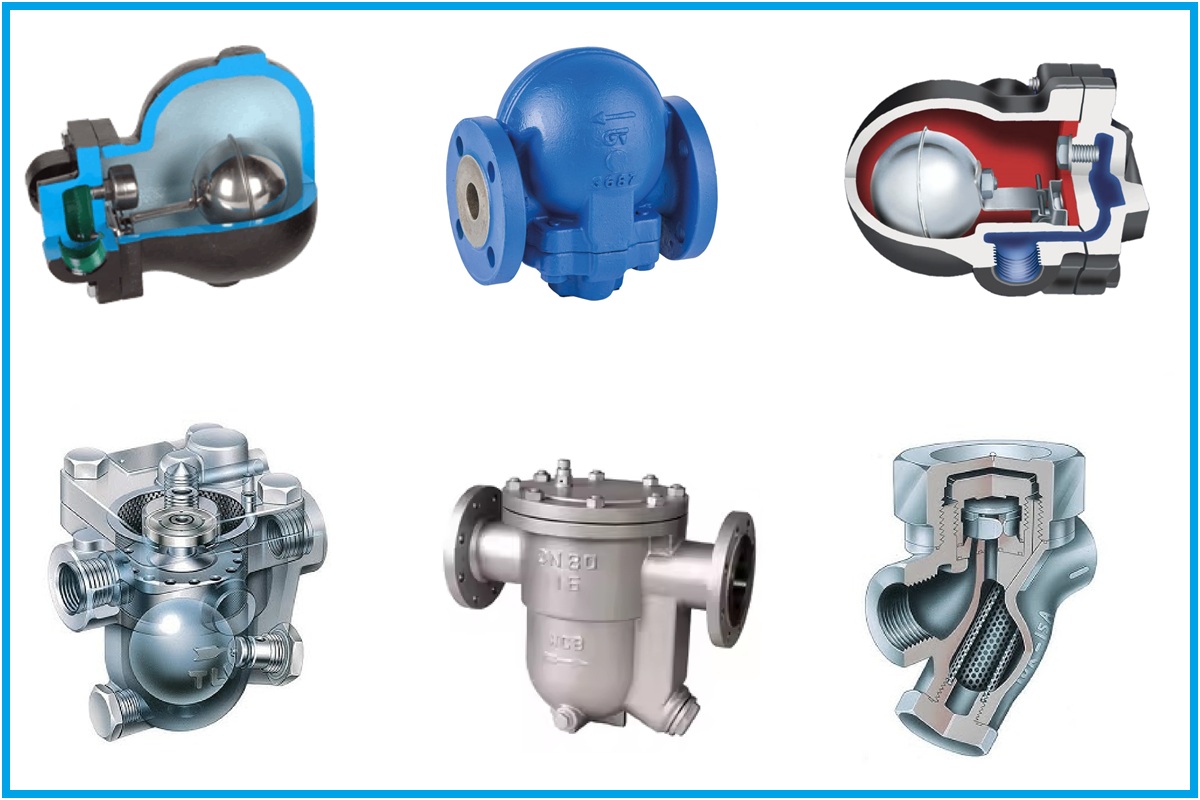
Here are the 5 most common mistakes that plant engineers and operators should avoid:
1. Choosing the Wrong Type of Steam Trap for the Application
Many factories select steam traps based on habit or by copying other systems, without considering actual factors such as flow rate, pressure, temperature, and the type of equipment using steam (e.g., heating, drying, heat exchangers).
Example mistake:
-
Using a float trap for a main steam line – not suitable because float traps cannot handle high condensate loads and pressure.
Recommendation:
-
Conduct a thorough system survey and select the correct trap: float, thermodynamic, inverted bucket, disc trap, etc., depending on the application.

2. Incorrect Installation Direction and Location
Steam traps are designed with a specific flow direction, but in reality, many factories install them backward or in improper positions. This causes the trap to malfunction or fail prematurely.
Signs of improper installation:
-
Trap does not discharge condensate, water accumulates, and abnormal pressure differences occur.
Recommendation:
-
Install traps in the correct flow direction and elevation.
-
Position them at the lowest point where condensate naturally collects.
3. Not Installing Accessories Such as Strainers and Bypass Valves
Some factories try to cut costs by skipping the installation of strainers, bypass valves, or isolation valves.
Consequences:
-
Dirt and debris clog the trap, preventing condensate discharge and reducing lifespan.
-
Maintenance becomes difficult, requiring a full system shutdown for replacement.
Recommendation:
-
Always install a strainer before the trap.
-
Install bypass and isolation valves for easy inspection and maintenance.
4. Using Too Few Traps or Grouping Multiple Condensate Points Into One Trap
Some technicians combine multiple condensate discharge points into one trap to save costs, leading to overload and ineffective condensate removal.
Consequences:
-
Water accumulation inside equipment causes rust, corrosion, and even water hammer risks.
Recommendation:
-
Install sufficient traps in appropriate locations.
-
Do not group multiple discharge points into a single trap unless carefully engineered.
5. No Regular Inspection and Replacement of Failed Steam Traps
Over time, steam traps can wear out, get stuck, or leak. Without inspection, live steam may continuously escape unnoticed.
Estimated losses:
-
A single failed trap can waste 10–50 kg of steam per hour, costing hundreds of millions VND per year.
Recommendation:
-
Plan routine inspections every 3–6 months.
-
Use inspection tools such as ultrasonic detectors or thermal sensors.
-
Replace faulty traps immediately to save energy.
Conclusion
Although small, steam traps play a major role in the efficiency and safety of a factory’s steam system. Incorrect selection, poor installation, or lack of maintenance can cause serious financial losses and safety risks.
👉 If you need free consultation on steam trap installation, inspection, or system optimization, please contact us.
Steam Trap Consultant & Supplier for Steam Systems – Phuc Minh
Phuc Minh Engineering Co., Ltd. specializes in supplying industrial valves and steam traps for steam systems and boilers in Vietnam. We are committed to:
-
Genuine products with full CO-CQ certification
-
Optimized solutions tailored for each factory
-
On-site technical support from experienced engineers
-
Fast delivery and competitive pricing
👉 Learn more about our products at: www.pm-e.vn
📍 Contact Information:
Phuc Minh Engineering Co., Ltd.
Address: 92/38, Street No. 12, Quarter 18, Binh Hung Hoa Ward, Ho Chi Minh City
Tel: +84 28 3535 2125 – Fax: +84 28 3535 0254
📲 Quotation via Zalo: 0902.720.814
📲 Technical support via Zalo: 0907.450.506
📧 Email: info@pm-e.vn
Related News
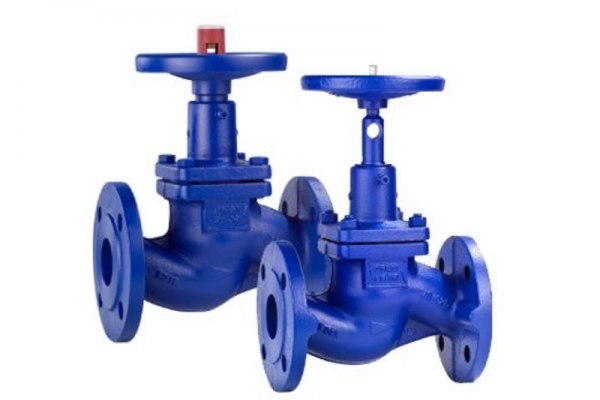
Applications of Industrial Valves in Steam and Boiler Systems
17/09/2025
The role of industrial valves in steam and boiler systems In factories using steam and boiler systems, safety control and energy efficiency are critical. Industrial valves play a vital role in:
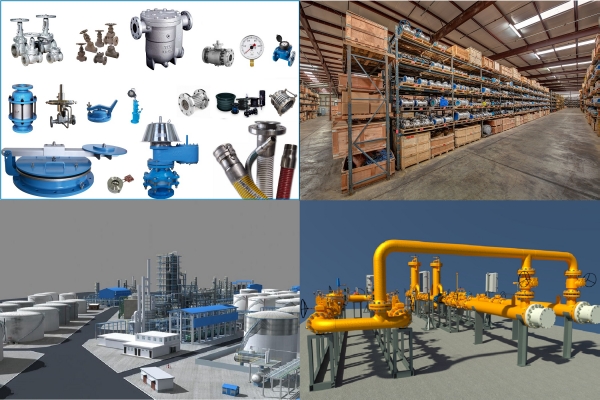
Industrial Valves – Effective Flow Control Solutions | Phuc Minh Engineering Co., Ltd.
17/09/2025
What is an industrial valve? Industrial valves are essential mechanical devices in piping systems, responsible for regulating, opening/closing, and controlling the flow and pressure of liquids, gases, or steam. They are widely applied in many industries:
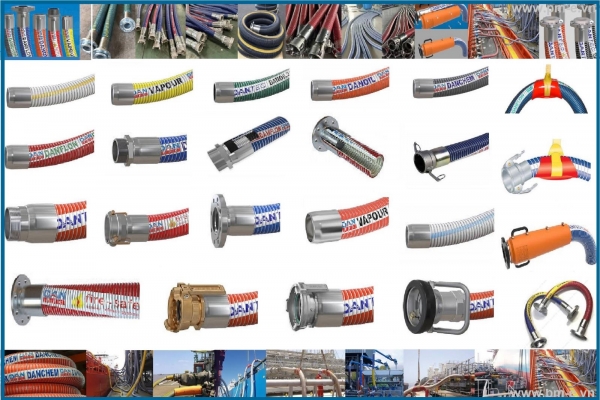
Composite Hose – Leading Anti-Corrosion, Chemical-Resistant Flexible Hose Solution in Vietnam
11/08/2025
High-quality imported composite hose, resistant to corrosion, chemicals, oils, and solvents. Available in Vietnam at competitive prices, full size range, and fast delivery.
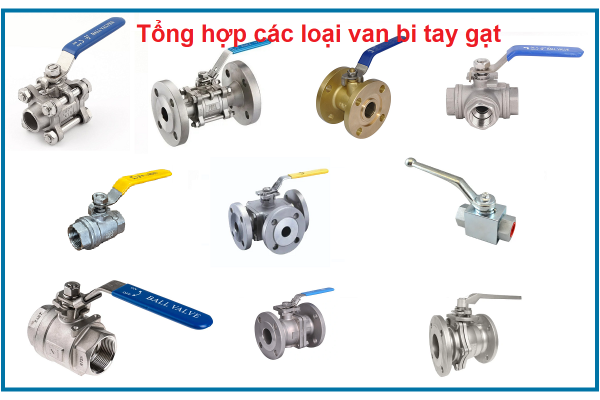
Comprehensive Valve and Process Control Solutions for Key Industries
16/07/2025
Water Treatment Industry – Scale and Challenges Water treatment is a vital sector, ensuring safe water supply for both residential and industrial use. As urbanization and industrialization accelerate, water treatment systems must meet increasingly stringent requirements: Ensure output water quality meets national and international standards. Maintain continuous, stable operation while minimizing unexpected downtime. Optimize energy efficiency and reduce operational and maintenance costs. Integrate monitoring and automation for enhanced remote control and management. Comply with strict environmental protection regulations and carbon emission reduction goals.
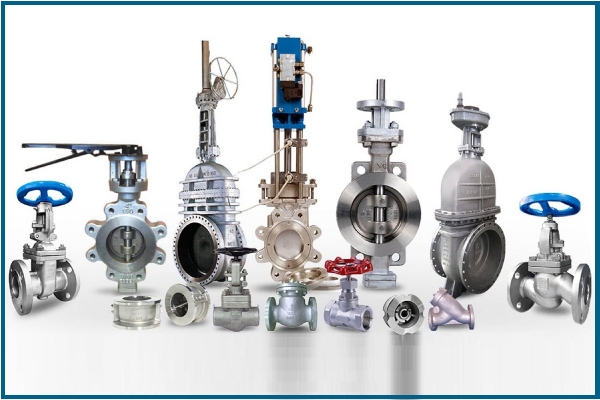
Korea Industrial Valve?
15/07/2025
Industrial valves play a crucial role in ensuring the smooth operation of modern pipeline systems, from large-scale manufacturing plants to daily water supply systems. They help control flow, regulate pressure, and protect equipment, contributing to safe and efficient system operation. In this article, Phuc Minh Engineering—a leading distributor of genuine industrial valves in Vietnam—will help you better understand industrial valves: their definition, classification, operating principles, and real-world applications. What Is an Industrial Valve? An industrial valve is a mechanical device installed in pipelines to control the flow of fluids. Fluids can include liquids (water, oil, chemicals), gases (compressed air, gas), or even slurry and powder. Main Functions of Industrial Valves: Fully open/close fluid flow Regulate fluid flow rate Adjust system pressure, protect equipment Switch flow direction Prevent incidents such as overpressure or backflow Phuc Minh Engineering offers expert consultation on selecting the right valve to optimize system efficiency, reduce operating costs, and extend equipment lifespan.









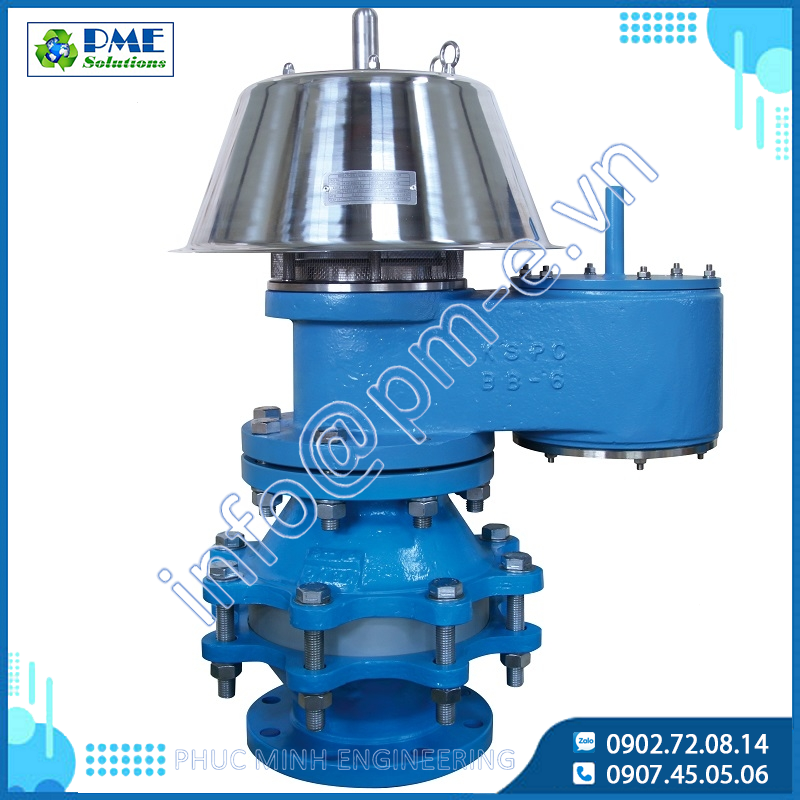

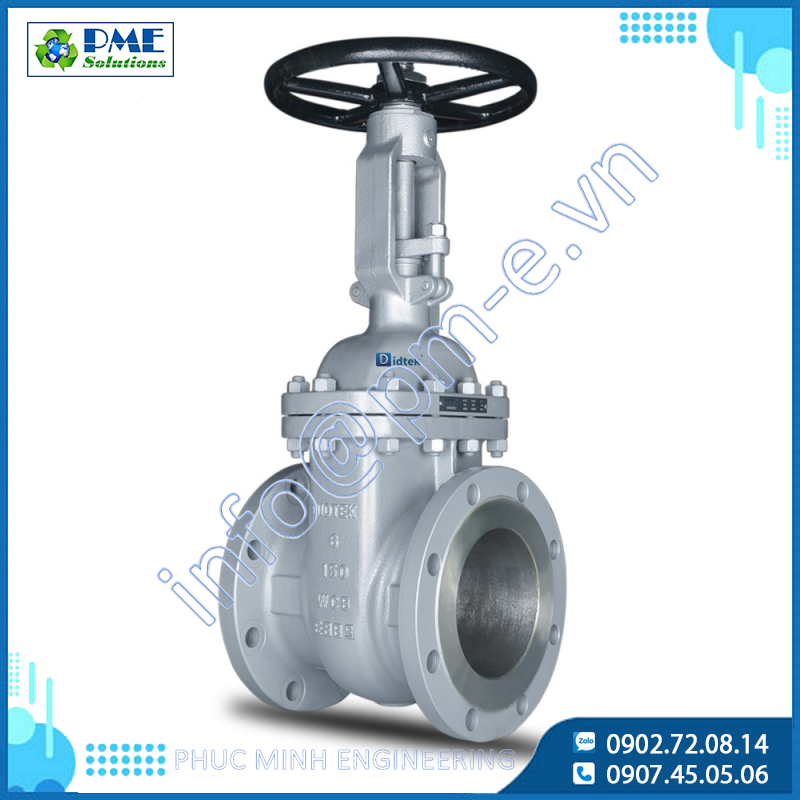

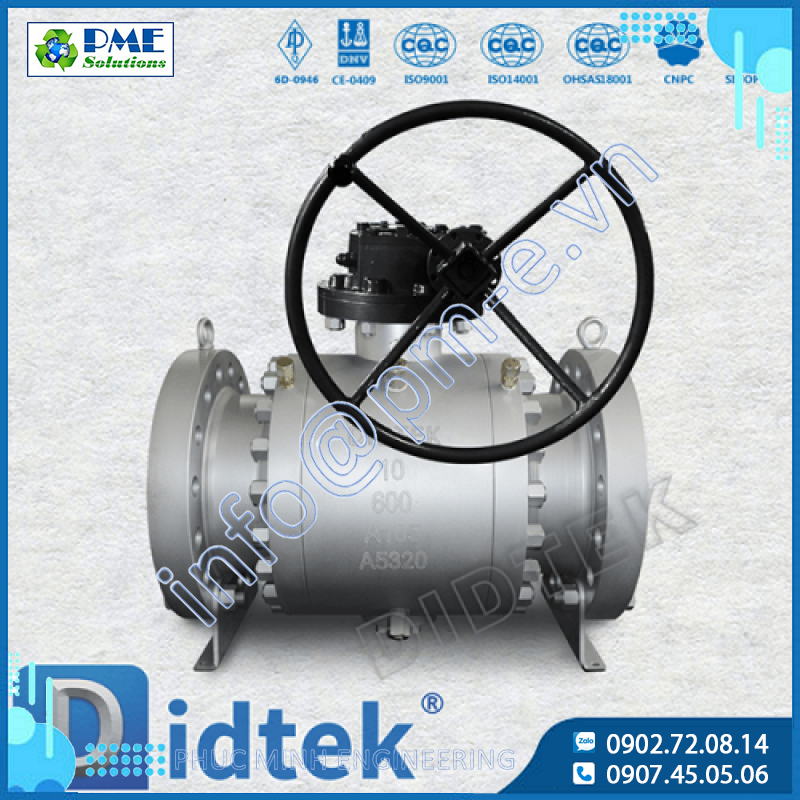


.png)






